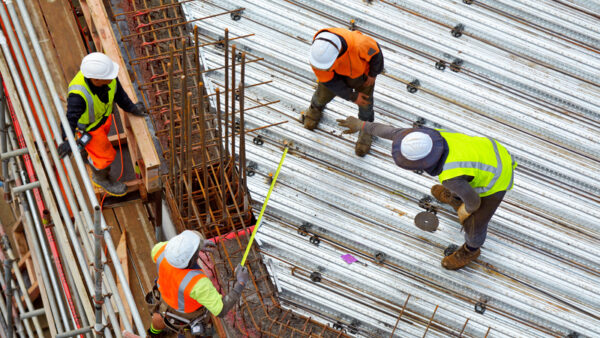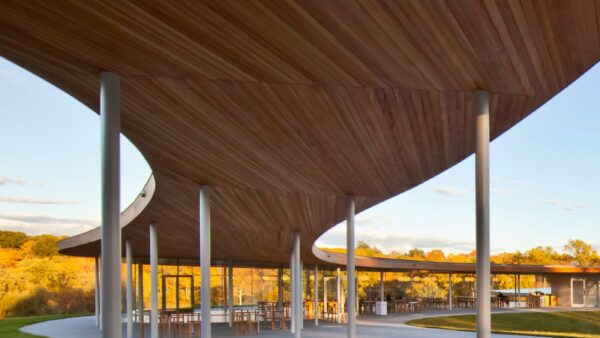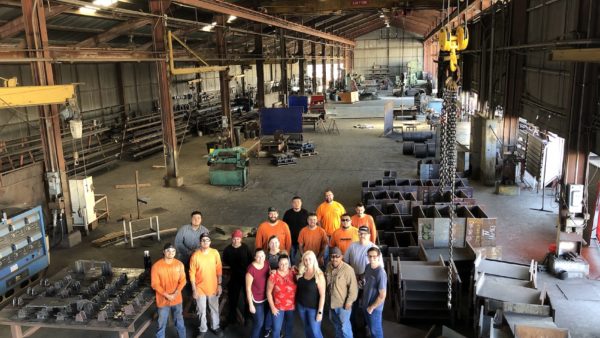11 July 2013
By David Chandler in Sydney

Australia should be very concerned about the proposal to use Chinese finance, labour and materials for a A$100bn redevelopment of the Sydney to Parramatta rail and road corridor.
Under the deal, Sydney would get a new motorway to ease congestion and the Chinese backed consortium would get the right to develop a whole new business district in Sydney, with 150 prefabricated skyscrapers made, effectively, in China.
It’s notable not just for its audacity, but as a clear signal of where Australia’s national project and construction capacity is headed - offshore, fast.
Mr Cameron’s reasoning has a terrible beauty. The land in question has been the subject of 40 years of planning and head-scratching; Australia’s construction costs are rising faster than other sectors’ costs; and mega-patient capital for the big, innovative, risky infrastructure projects we need is nearly impossible to find.
In short, we have become so risk averse and devoid of vision that radical proposals like Mr Cameron’s towers-for-tarmac scheme now get traction.
Mission control, we have a problem: Australia’s construction industry is a shrinking blip on the screen.
The innovation gap
Australia has two new government ministers, one for Skills & Training (Brendon O’Connor), and another for Innovation, Industry, Science & Research (Kim Carr). But it all seems too little, too late.
Over the last 10 years Australia has been happy to dig bigger holes and ship its raw materials and CO2 gas emissions off-shore with no value-add, only to re-import them as manufactured goods.
Cars, computers and components. Toys and tennis rackets. That all seems normal. But buildings?
Here is an example of the innovation gap. Australia’s Favco cranes is now owned by Malaysian interests, and is doing very well as a result.
Favco struggled with capital adequacy and succession planning, and never managed to develop a global reach to overcome domestic construction cycles.
Enter Malaysia’s listed Muhibbah Engineering Group. Since then, the main Australian inputs to Favco are its engineers, who can grapple with the challenging physics, hydraulic and system integration needed in today’s high tech cranes.
But Favco has expressed concern that Australian universities don’t produce enough high-calibre engineers to replace the older ones, who had both experience and ingenuity.
Malaysia has an aggressive strategy to compete in the Pacific region. It wants to grow the smart jobs and downstream productivity that will give it a solid slice of the construction pie.
One has to assume that when, if, Australia’s engineering input fades, Malaysia will be ready to step up.
Another example is the use of prefabricated buildings. The cost of old, on-site construction is growing faster than other sectors of the economy.
Meanwhile, Australia’s off-site construction planning and procurement practices lack strategic intent and direction.
It means construction in Australia has stayed essentially craft based while our Pacific regional competitors have moved ahead with an industrialised approach.
So, for us, offsite is simply becoming offshore.
Last week I visited what is left of an important and innovative mid-sized steel fabrication business. The firm has extraordinary engineering expertise and modern equipment, but its labour and energy costs are too high.
They are still producing amazingly engineered components for power stations, mining and the like, but their residual competitive advantage lies in quality and short-term orders, typically where the customer wants product in less than 14 weeks.
Otherwise the local cost of fabrication, running at $5,000/t, can’t compete with imported fabricated steel from China at $2,200/t.
Comparative labour costs have a big impact, with a gap in the order of $65/hr.
(I note that the US seems to be doing better these days, with similar product now costing US$2,959/t.)
This engineering company is adapting. It has become an expert in buying, quality assuring and importing overseas steel.
It has managers in China overseeing production for Australian projects.
It’s encouraging in a way, but I can’t help thinking: didn’t these people used to be too busy doing this, and passing on the skills, at home?
Australia clearly cannot compete in the low wage game, nor can it just be a quality coach for other countries’ manufacturing processes (while they catch up).
We need to innovate and get market share at the very front end of new construction technologies and methods.
Otherwise we’ll have no choice but to ask others to build our cities for us.
David Chandler OAM advises clients and construction firms in Australia and the Pacific Rim. He was construction director of Australia’s New Parliament House. More here










